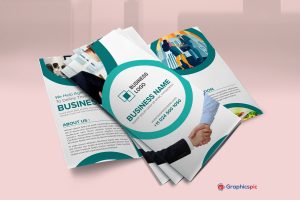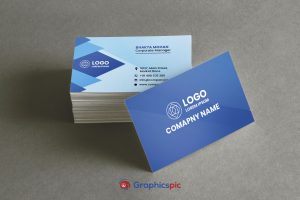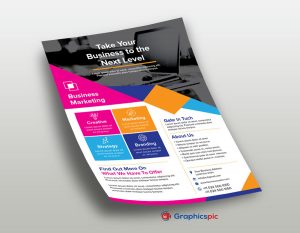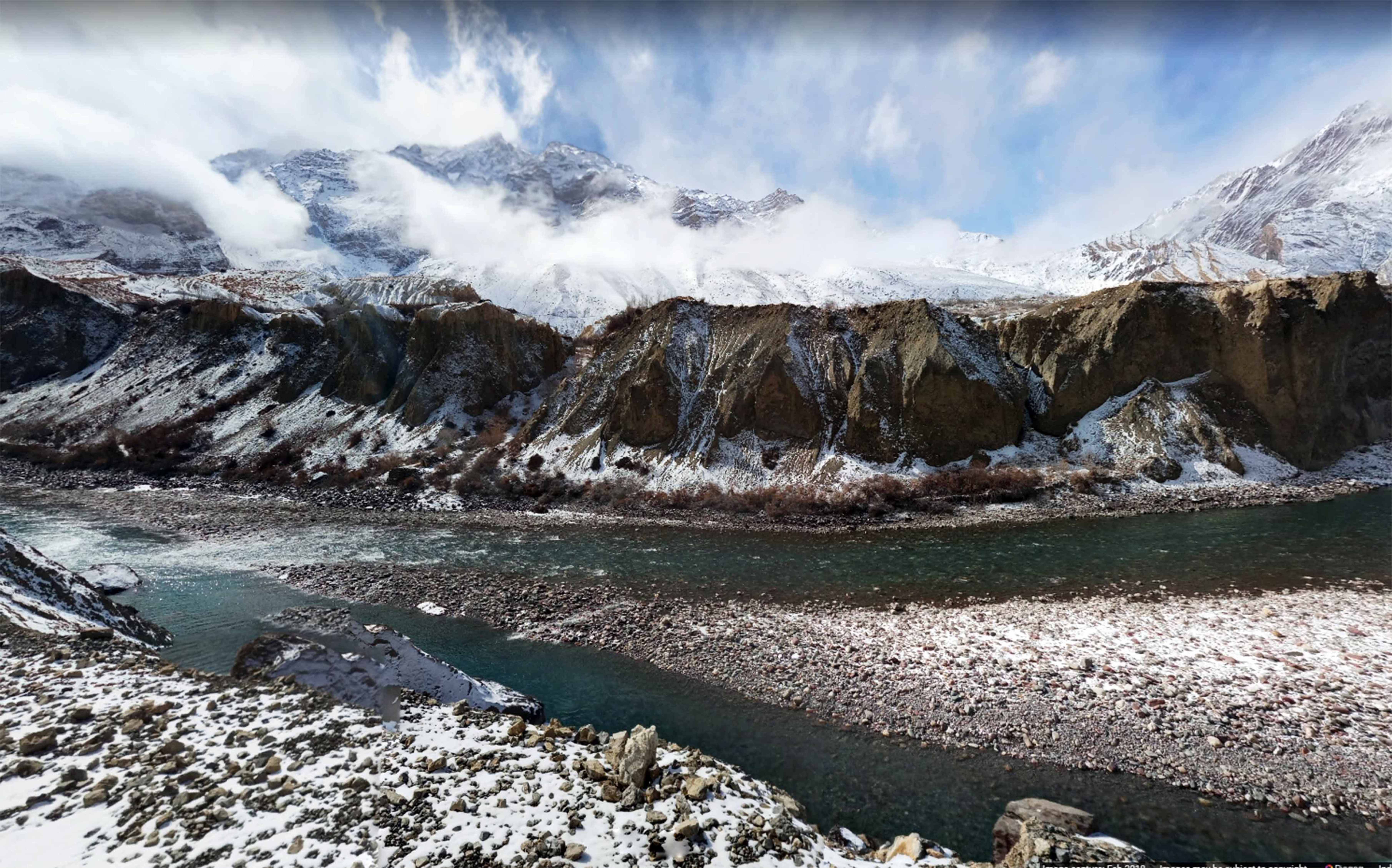Print Technology :
The rise of print in the Fifteenth Century, but even before 3000 BC in Western Asia, China and Egypt began to utilize some kind of printing– like using cylindrical rollers to make an impression of a picture on a cermic tablet, stamps to print onto cloth.
Printing in Europe was transformed by Johannes Gutenberg in the mid- Fifteenth Century in Germany. Mass-producing mechanical movable type printing was first introduced by Gutenberg in Europe. His first publications was the Gutenberg Bible. Printing had become established in more than 250 cities by the end of 15th century across Europe.
The printing industry in Europe today is in the midst of a digital revolution: the graphic industry seamlessly embodies both the traditional and the modern. It is modern and innovative and is here to stay long in a digital world. Technology for the more traditional presses i.e. flexography & offset is improving every year while the technology for new processes like digital printing is evolving faster than industry can produce machines.
Different types of printing work
Different types of printing is extremely difficult, available many types of printing services & styles. We are talking in context about the kinds of printing work.
Digital Printing
Digital Printing use a digital based image to print format, using a physical surface like film, paper, photographic paper or cloth. An inkjet & LaserJet printer could be used when we deal with high volume or larger format document.
Offset Printing
It is the most common method of printing. Offset printing makes use of plates made of aluminum . In this technique the inked image is transferred from the plate to a rubber blanket, then rolled unto the sheet of paper. The word offset here means that the image is not directly transferred to the medium from the start. The image is again reversed and becomes ‘right’ reading or right side up in the final printed version. It can also be known as Plano graphic or Lithographic depending on the method used. The advantages of offset printing is the production of sharper pictures and type as the blanket conforms to the texture of the printing surface and provides consistently high quality pictures.
There are two types of offset presses
Sheet-fed offset Printing Press
Web-fed Offset Printing Press
Flexography
Flexographic printing is effective of achieving high quality printed picture at high speeds production, making it a popular liking in the textiles, label printing industries, food packaging & especially for runs longer print.
Letterpress Printing
Letterpress is the “godfather” of printing press. Letterpress is the older technique of printing. Letterpress had been the predominant printing technique for five centuries, The Gutenberg Press popularized in the 15th century movable type back right after.
The entire process of letterpress printing involves four phases:
• Composition
• Imposition
• Lock-up
• Printing
Screen Printing
Screen printing is the process of transferring a stencilled design onto a flat surface using a mesh screen, ink and a squeegee. Fabric and paper are the most commonly screen-printed surfaces, but with specialised inks it’s also possible to print onto wood, metal, plastic, and even glass.
The process is sometimes called ‘silk screening’ or ‘silk screen printing’ and while the actual printing process is always fairly similar, the way the stencil is created can vary, depending on the materials used. Different stencilling techniques include:
• Using masking tape to cover the desired areas of the screen.
• Screen blockers are used to paint the stencil onto the mesh such as glue or lacquer.
• Using a light-sensitive emulsion to create a stencil, which is then developed in a similar way to a photograph.
Just one shade of ink is required to make design in Screen Printing Technique. In multicolored items, the colors must be applied in individual layers, using separate stencils for each ink.
Use following industries in screen printing:
• Stationery printing
• Product labels
• Party supplies (balloons, latex decors)
• Signage
• Healthcare tools
• Clothing
• Billboard displays
• Decals
• Sports graphics
• Film and TV technology
• Fabric and textile
• Printed electronics











